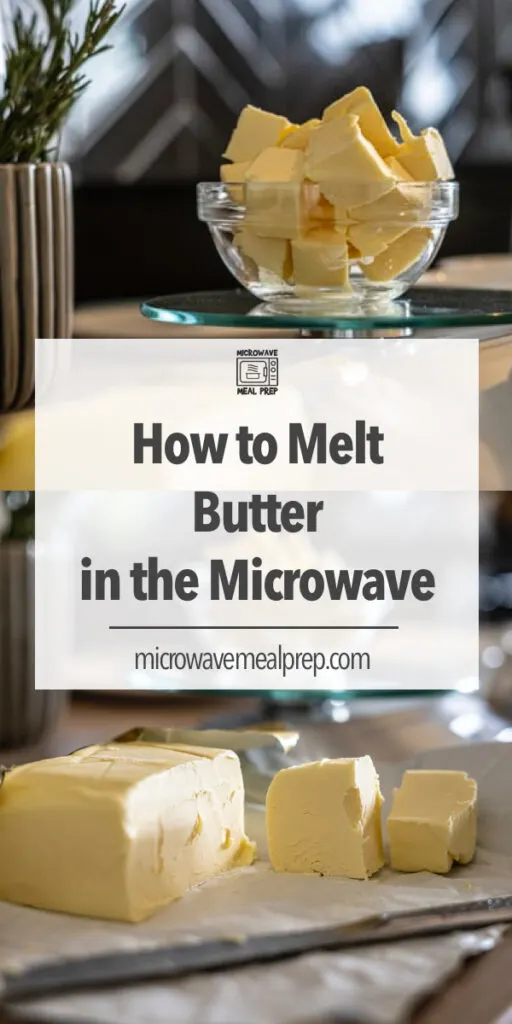Can you melt butter in the microwave without making a mess? From popcorn for movie night to double fudge brownies, speed up your meal prep with help from the ultimate guide to microwave butter to prepare your next meal.
Butter is made by churning cream, and it is the preferred fat to use for cooking, baking and spreading on bread. But, is it safe to melt butter microwave
To melt the butter in the microwave, cut the butter into tablespoon size pieces and place in a microwave-safe dish. Microwave on high power for about 30 to 45 seconds until butter is melted.
Butter begins to soften at 85 to 90 degrees Fahrenheit. The melting point of butter is 98.6 degrees Fahrenheit to be exact.
Is melted butter the same as softened?
Sometimes you want to cheat and take a short cut. If you messed up microwaving butter in the past, can you replace softened butter with melted butter?
Softened butter and melted butter are entirely different and not the same at all. Softened butter fat is easily creamed together with other ingredients such as sugar to evenly distribute fat throughout a batter or dough. In contrast, melted butter is liquified and separated.
Majority of baking recipes require softened butter for the creaming method. Sugar and butter mix together in a way that sugar cuts little air bubbles into the butter and these bubbles can add some extra puff to baked treats.
But if you melt the butter first, you won’t have the air bubbles. As a result, you’ll end up getting gluten developed in flour mixture which makes the texture dense and chewy.
What is the best way to melt butter?
From stovetop to double boiler, there are many ways to melt butter based on your comfort level of cooking.
The best way to melt butter without browning or burning is using the microwave. The stovetop can be tricky and the butter can become brown very quickly due to the difficulty of controlling the pan temperature.
With the microwave, you can easily adjust the power level and be able to stop nuking at any time. Take out the butter and stir to melt with the residual heat from the hot bowl.
How do you melt butter in the microwave without it exploding?
The reason why butter tends to explode inside the microwave is because of temperature and how the chemical response between oil and water. Remember, butter is 80% butterfat and 20% water mixed with milk solids.
Once the butter warms up, water separates from the milk fat. Once the butterfat gets closer to the boiling point of water, then the fat begins to splash.
In order to melt butter in the microwave without it exploding, set the microwave on lower power setting and heat at a slower pace. Also use a microwave cover to contain the mess.
Use 50% power for 30 to 45 seconds in a microwave-safe bowl or clear glass cup. Observe the butter and stir frequently.
If additional time is needed, give 10 second increments at 50% microwave power until the butter is completely melted. Continue stirring after each time period.
Things to know before melting butter in the microwave
Whether you need melted butter for steamed veggies at dinner or to top fresh popcorn for movie night, avoid any mess by safely melting butter in the microwave.
Save time by using these essential tips before melting butter in the microwave:
- Always cut a stick of butter into smaller ½” cubes to speed up the melting process.
- Loosely cover the bowl with a paper towel, parchment paper or microwave cover to avoid spatter.
- Place a second small bowl filled with water in the microwave to reduce overheating.
- Use the residual bowl heat to melt the butter when there are a few clumps left in the bowl.
- Take out the melted butter by using a potholder or a kitchen towel to avoid burning your hand. Hot butterfat can make the sides of the container extremely hot.
Melting butter in the microwave is easy to do. Start your melting process by limiting time at a low power to melt in a slow process. Do not rush the speed with high temperature when melting the butter and you’re unlikely to end up with an explosion.

